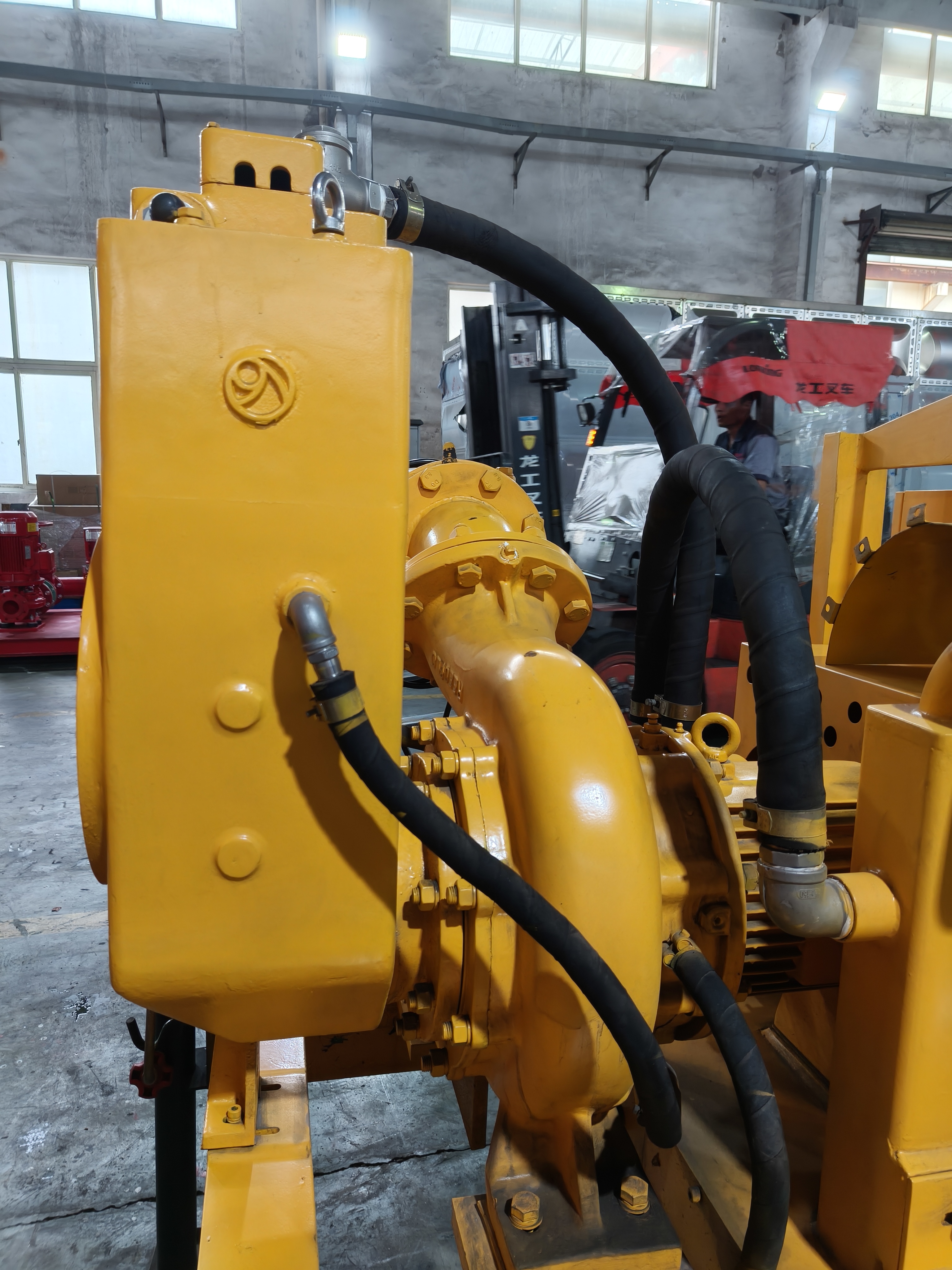Causes of drainage pump leakage
The reasons for drainage pump leakage can be attributed to many aspects, which directly affect the normal operation and efficiency of the pump. The following are the main reasons for drainage pump leakage and a brief analysis:
1. Aging and wear of seals:
The seals of drainage pumps are key components to ensure the sealing of the pump body. Common sealing structures include mechanical seals and packing seals. After long-term operation, the seals may lose their sealing performance due to aging, wear or corrosion, resulting in internal pressure leakage of the pump body, and then leakage.
2. Mechanical vibration and imbalance:
If the rotor of the drainage pump vibrates periodically, it may be caused by the misalignment of the stator and the upper and lower end covers or the imbalance of the impeller and the main shaft, as well as cavitation or bearing damage (wear). This vibration will destroy the dynamic and static balance of the mechanical seal, causing wear on the sealing surface, resulting in leakage.

3. Improper installation and maintenance:
When installing the drainage pump, if the pump shaft is not straightened, the pump centerline is not concentric, or the bearing clearance is not adjusted properly, it will cause abnormal vibration of the pump, damage the mechanical seal, and then cause leakage. In addition, improper maintenance, such as failure to replace worn seals or bearings in time, can also cause water leakage.
4. Harsh working environment:
Drainage pumps are often used for flood control and drainage, and their working environment may be harsh, such as corrosive media or solid particles such as acids, alkalis, and salts. These media will accelerate the aging of seals, reduce their elasticity, and cause seal failure and water leakage.
5. Other factors:
Other possible causes of drainage pump leakage include loose power cords, corrosion and cracks in the pump body. Loose power cords will affect the normal operation of the pump, while corrosion or cracks in the pump body may directly cause water to leak from the inside of the pump body.




